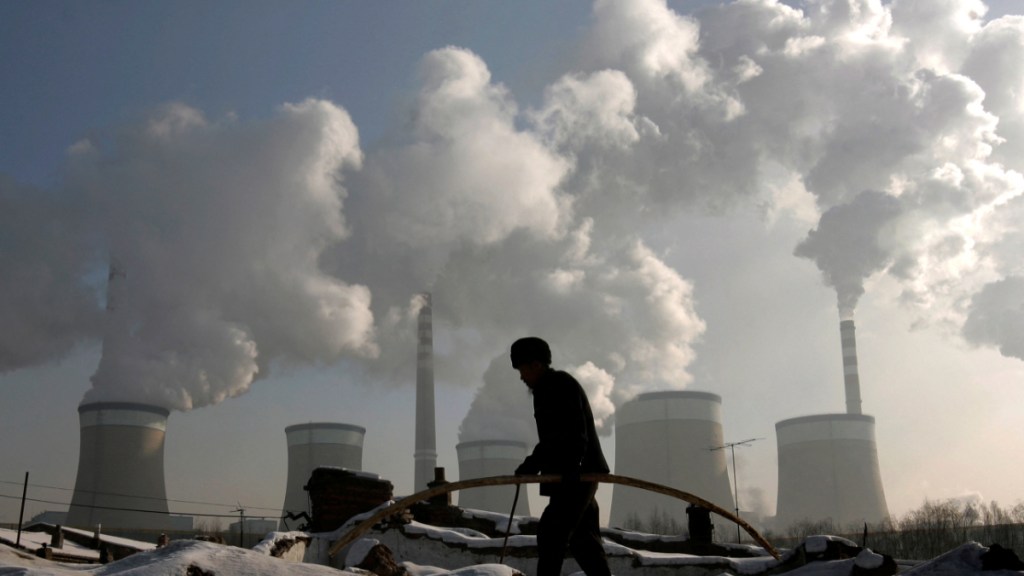By RR Rashmi
The need to have a growth process that is resilient to climate threats has never been more urgent. The increasing frequency and more intensified nature of climate-induced disasters across the globe is evidence that our survival is at stake.
At the successive climate conferences, it has been recognised that addressing climate change requires, besides mitigation of emissions, improvement in the adaptive capacity of vulnerable populations and building climate resilient infrastructure across economic and social sectors. Countries like India that have huge populations vulnerable to impacts of climate change have realised that actions to address climate change cannot remain merely energy-centric and should focus equally on building climate-resilient systems and infrastructures. The ‘Long Term Low Emission Development Strategy’ released by the government of India at the climate conference at Sharm El Sheikh is an admission of this reality.
However, the task of building climate-resilient systems and infrastructure is a major challenge when the required technical and financial resources at the local levels are limited. While there is no dearth of private capital to finance infrastructure where the returns are assured, investment for building resilient and adaptive infrastructure is scarce. Climate change exposes financial investments to higher levels of risk. Lack of technical expertise in designing appropriate urban infrastructure makes the task further challenging.
The upcoming edition of the World Sustainable Development Summit (WSDS), organised by The Energy and Resource Institute (TERI), aims to highlight the challenges and find collaborative solutions at global and local levels on ways to mainstream sustainable development and climate resilience.
Global collaboration to build climate-resilient systems depends a lot on two key actions. The first is to get an early agreement on the Global Goal on Adaptation (GGA). Seven years after the signing of the Paris Agreement, the goal is still in the making. The GGA is essential to provide a legal basis for the adaptation goals to be incorporated into the Nationally Determined Contributions (NDCs) and implemented on a monitorable basis. With agreement on GGA, it is possible to hold countries to account for measurable and quantifiable adaptation actions.
Second, adequate financing arrangements are needed to meet the losses arising from failures of the adaptive systems and restoring the damaged economic and social infrastructures. The UNEP Adaptation Gap Report published a few days before the 26th Climate Conference held in Sharm El Sheikh had pegged the annual adaptation costs in developing countries to be of the order of $160-340 billion by 2030 and $315-565 billion by 2050. The report warned that “without a step change in support, adaptation actions could be outstripped by accelerating climate risks’’ making the goal of achieving resilience further unachievable. Clearly, resources at this scale are not immediately foreseen in the international financial system. In the absence of an agreement on climate finance, should the affected countries wait to take preventive actions? Two actions can be anticipated at the local level to raise the required resources with the involvement of the corporate sector, international investors and the sub-national entities.
The first is to get the governments to modulate their institutions and policies to create national frameworks for adaptation and resilience in the development plans. Regulatory mandate and facilities create the necessary drivers of investment and generate resources from the corporate and private sector. The corporate sector is likely to be encouraged to make investments in resilience when there are mandatory guidelines to assess climate risks and make disclosures on this account. Else, they will wait for the costs of inaction to rise above the current benefits before taking decisions. Similarly, the international investors are likely to wait for a mechanism that reduces the risk to their investments in climate-resilient infrastructure. Early action by the regulators on this count is therefore necessary.
The second action of this nature involves incentivising actions at the sub-national level. In a country like India, a framework for State Action Plan on Climate Change has been created but it lacks teeth in the absence of financing mechanism. The governments at the local level find it useful to invest only if the diversion of resources from developmental programmes yield quantifiable adaptation benefits equal to the costs incurred in the short term. Communities need to be incentivised for locally-led actions on adaptation and technology-led resilient approaches. In such cases, the benefits in form of maintenance or restoration of ecosystems and infrastructure need to be measured and paid for.
Building a climate resilient system is critically dependent on collective actions at all levels of governance—be it the global, national or community level. The stakeholders need to ensure that they agree on a framework of actions that helps all three elements of the framework—policy, institutions and finance—to converge across all sectors of economy to create such a sustainable and resilient future.
Author is distinguished fellow, TERI, and a former civil servant


